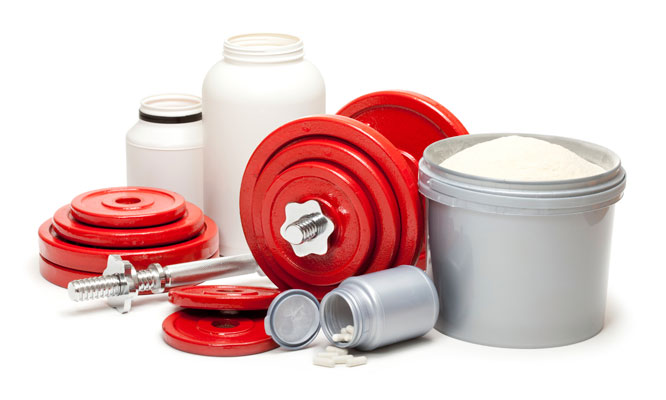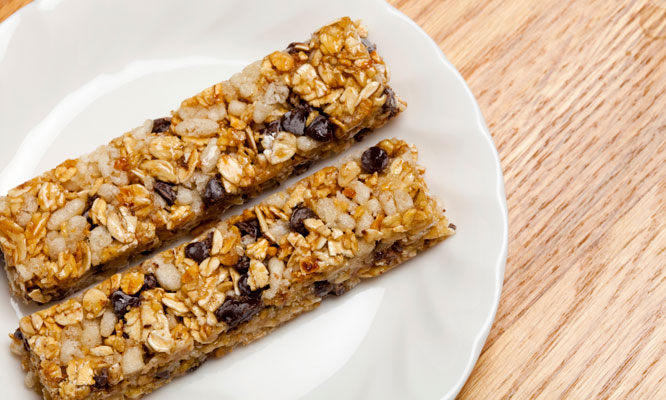28-Days-to-Lean Meal Plan
With the right plan and the right discipline, you can get seriously shredded in just 28 days.
Read article
Question: I take creatine to build size. Why are so many forms are available, and which is best?
Answer: Taking creatine is an effective way to increase energy for training, build size and strength and improve recovery, but the varieties available can be confusing. Chemically, the differences are mainly in the side molecules attached to the creatine. Adding a molecule is an attempt to protect creatine from stomach-acid degradation or otherwise improve the benefits via the added molecule or compound. In some cases, the added compound itself may have a benefit of its own. The major players include:
>> Creatine monohydrate is the least expensive form as well as the one most supported by the research literature. We recommend 5 grams per day of creatine, from whatever source.
>> Creatine phosphate is creatine attached to phosphate. Phosphates can be beneficial for increasing exercise time by buffering lactic acid.
>> Creatine magnesium chelate is creatine attached to a magnesium molecule. Magnesium is involved in muscle contraction and many body chemical reactions.
>> Tricreatine malate is creatine attached to malate, which is involved in carbohydrate and fat metabolism for energy.
>> Carnitine creatine monohydrate is creatine monohydrate attached to a carnitine molecule. Carnitine is involved in fat metabolism in the mitochondria.
>> Creatine pyruvate has pyruvate to boost endurance and buffer lactic acid in the muscle, potentially allowing you to train longer. Pyruvate can also help overweight people lose bodyfat.
>> Creatine citrate is more easily dissolved in water, but you need a larger dose to get your 5 grams of creatine itself.

Question: What's the story with glycerol being a carbohydrate? Why is it in so many bars?
Answer: Glycerol is a sugar alcohol. The FDA considers it a carbohydrate for labeling purposes because it's not a fat or protein. Many companies use glycerol to keep their bars moist, soft and pliable; they're legally required to include it in the Total Carbohydrate content on the label.
Some companies try to differentiate between glycemic and non-glycemic carbs (those that quickly elevate blood sugar and insulin and those that don't). The term Net Carbs is often used on product labels to show the carbs left after you subtract the fiber and sugar alcohols from the Total Carbohydrate content.
Glycerol has 4 calories per gram, and although it doesn't affect blood sugar and insulin levels the way table sugar does, your body can use glycerol to build glucose and fat.
Question: How do nitric oxide (NO) products work? Would they help me build more muscle?
Answer: Nitric oxide (NO) is a small molecule formed in plants and animals as well as within the human body. Made from the amino acid L-arginine, NO is a soluble and highly reactive gas that diffuses through cell membranes and is often used as a biological switch or signal.
Research shows that NO is useful in controlling blood pressure and in assisting the immune system, as well as playing a role in muscle growth. It's also a major factor in the control of penile erection.
In the brain, NO is involved in neuron-to-neuron signaling, and probably contributes to the formation of memories and mental development.
The idea behind the new NO-supporting supplements is to use L-arginine, arginine alpha keto-glutarate (A-AKG) and arginine keto iso-caproate (A-KIC) to increase the production of NO to bring a greater influx of nutrients and oxygen to the muscles, causing a better pump and increased recovery and growth.
Little research supports these assertions directly, but arginine's NO-boosting effect improves muscle growth in young rats, whereas KIC and AKG have muscle-building or muscle-supporting effects of their own. It's certainly plausible that these (and possibly other) NO supplement combos may improve pump or muscle mass for some. Stay tuned for future developments.
Notifications